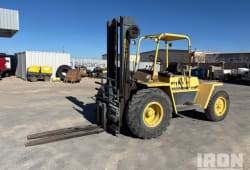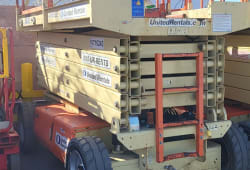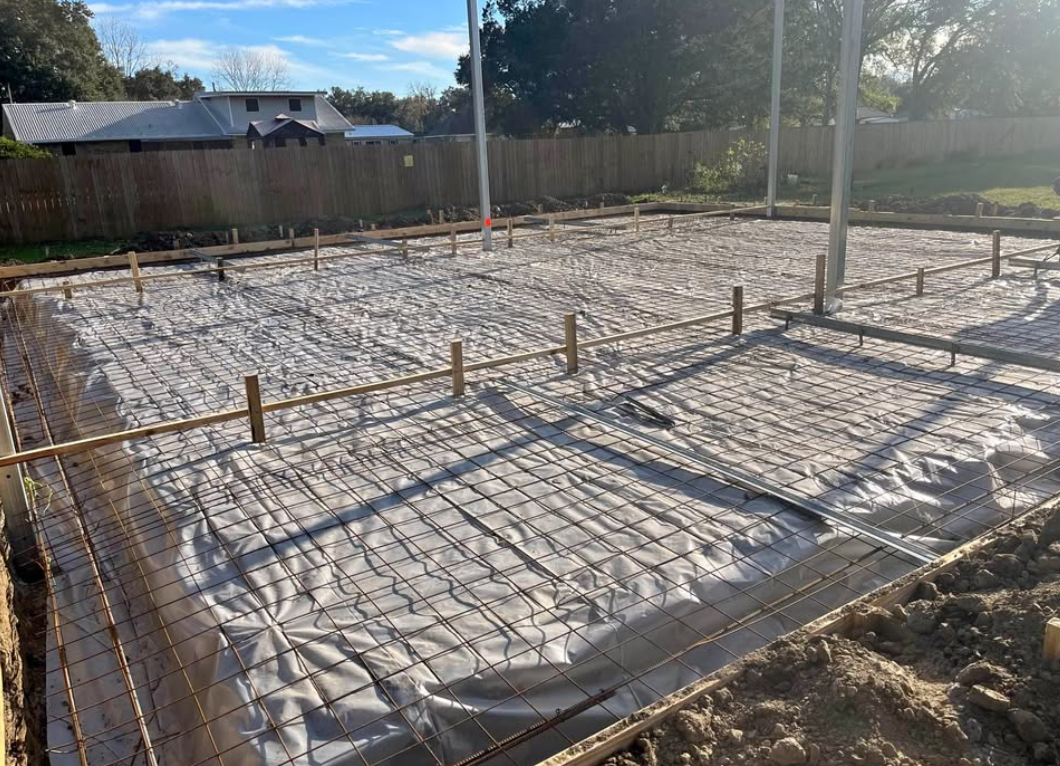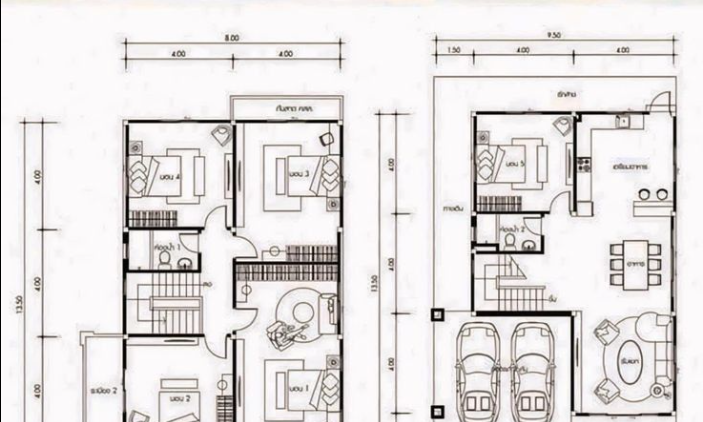Drones in Construction: Revolutionizing the Building Industry from the Sky
3 Min read
)
May 10, 2025
The construction industry is evolving rapidly, and drones are at the forefront of this transformation. From surveying and inspections to enhancing safety and efficiency, the role of drones in construction is expanding fast. In this blog, we’ll explore the benefits of using drones in construction projects, highlight common uses of drones in construction, look at real-world case studies, and examine the types of drones in construction currently shaping the industry.
What Are Drones in Construction?
Drones, also known as UAVs (Unmanned Aerial Vehicles), are flying machines equipped with cameras, sensors, and GPS technology. In construction, these high-tech tools are used to capture aerial data, monitor site progress, and assist in planning and safety. Their ability to provide real-time insights and detailed overviews is changing how projects are managed, built, and delivered.
The Benefits of Using Drones in Construction Projects
The advantages of using drones in construction are significant, including:
1. Enhanced Project Planning
Drones can quickly survey land and capture topographical data, which helps engineers and architects design more accurate building plans.
2. Improved Efficiency
A drone can cover large areas in a fraction of the time it takes a ground crew, reducing project delays and labor costs.
3. Real-Time Monitoring
Project managers can track progress remotely and in real time, allowing for better decision-making and proactive issue resolution.
4. Increased Safety
Drones can inspect dangerous or hard-to-reach areas-like rooftops or scaffolding-without putting workers at risk.
5. Better Documentation
High-resolution imagery and video footage collected by drones offer valuable visual records for reporting, marketing, or insurance purposes.
Uses of Drones in Construction
:format(webp))
Drones are incredibly versatile and can support various phases of construction. Here are some of the most common uses of drones in construction:
Land Surveying & Mapping: Drones produce 3D maps and digital elevation models with centimeter-level accuracy.
Site Inspection & Safety Checks: Conduct regular inspections without halting site operations.
Progress Tracking: Time-lapse images and weekly flyovers provide visual proof of work completed.
Inventory Management: Monitor materials and equipment using aerial views.
Thermal Imaging: Drones equipped with infrared sensors detect heat loss or electrical issues in structures.
Drones in Construction Case Study
Case Study: Highway Expansion Project in California
In a large-scale highway widening project in California, drones were deployed to survey the area and track weekly progress. The results:
Time savings of 30% over traditional survey methods
Improved coordination between teams with shared aerial footage
Reduction in safety incidents by avoiding hazardous manual inspections
This example highlights how drones in construction improve outcomes in speed, accuracy, and safety.
Types of Drones in Construction
Not all drones are created equal. Different types are suited for different construction tasks:
Multirotor Drones: Great for short flights, inspections, and capturing aerial images.
Fixed-Wing Drones: Better suited for large-scale mapping and surveying over vast areas.
Hybrid Drones: Combine the hovering ability of multirotors with the range of fixed-wing types-ideal for both close-up and long-distance operations.
LiDAR Drones: Use laser scanning to generate precise 3D models, especially useful in terrain mapping and excavation planning.
Final Thoughts
As the demand for smarter, faster, and safer construction methods grows, the use of drones in construction will only become more prevalent. From improving project efficiency to enhancing safety and reducing costs, the benefits of using drones in construction projects are hard to ignore.
Whether you're a project manager, contractor, or tech enthusiast, embracing drone technology is no longer optional-it's the future of construction.
Want to stay updated on the latest in construction tech? Subscribe to our blog and never miss an innovation.

Post acquisition of Boom & Bucket, the company he founded, Adam now leads Marketplace Growth for Ritchie Bros.










